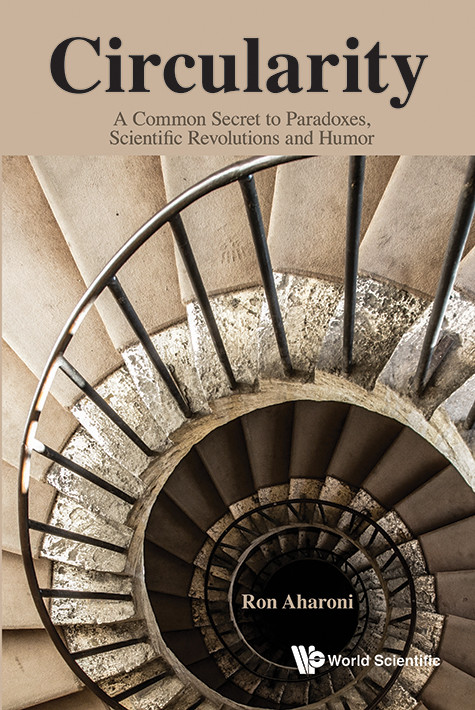
Circularity
A Common Secret to Paradoxes,
Scientific Revolutions and Humor
Circularity
A Common Secret to Paradoxes,
Scientific Revolutions and Humor
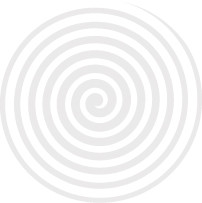
Ron Aharoni
Technion, Israel
 World Scientific
World Scientific
NEW JERSEY LONDON SINGAPORE BEIJING SHANGHAI HONG KONG TAIPEI CHENNAI TOKYO
Published by
World Scientific Publishing Co. Pte. Ltd.
5 Toh Tuck Link, Singapore 596224
USA office: 27 Warren Street, Suite 401-402, Hackensack, NJ 07601
UK office: 57 Shelton Street, Covent Garden, London WC2H 9HE
Library of Congress Cataloging-in-Publication Data
Names: Aharoni, Ron.
Title: Circularity : a common secret to paradoxes, scientific revolutions and humor / by Ron Aharoni (Technion, Israel).
Description: New Jersey : World Scientific, 2016. | Includes bibliographical references.
Identifiers: LCCN 2016000702 | ISBN 9789814723671 (hardcover : alk. paper) | ISBN 9789814723688 (softcover : alk. paper)
Subjects: LCSH: Mathematics. | Philosophy. | Science--Humor. | Paradoxes. | Logic.|
Classification: LCC T49.5 .A338 2016 | DDC 601--dc23
LC record available at http://lccn.loc.gov/2016000702
British Library Cataloguing-in-Publication Data
A catalogue record for this book is available from the British Library.
Copyright 2016 by World Scientific Publishing Co. Pte. Ltd.
All rights reserved. This book, or parts thereof, may not be reproduced in any form or by any means, electronic or mechanical, including photocopying, recording or any information storage and retrieval system now known or to be invented, without written permission from the publisher.
For photocopying of material in this volume, please pay a copying fee through the Copyright Clearance Center, Inc., 222 Rosewood Drive, Danvers, MA 01923, USA. In this case permission to photocopy is not required from the publisher.
Printed in Singapore
Cats and Tails
Before I start speaking, let me say a few words.
(An opening to a speech)
My little daughter returned one day from a visit to the dentist, and asked me: do you know how to make the anesthetic shot painless? You give an anesthetic shot before. Of course, to make this one painless, another shot is needed.
Amusing? Indeed. But strangely, this mode of thought also has serious sides. It is called circularity, or self-reference, and it is the protagonist of our story. The anesthetic shot is an example of a circularly defined task, namely one whose performance depends on its having been carried out before. Another example is the advice given to somebody who has fallen into a deep pit: go, fetch a ladder, and climb out. Such a situation is called, for good reason, a vicious circle. The viciousness is experienced, for example, by a visitor to the United States who wishes to obtain a credit card. He has first to show a history of paying debts, of which the almost only instance is having paid the bills of a credit card.
A cat chasing its tail, someone who needs his glasses to find his lost glasses, a fresh job applicant rejected because of lack of work experience all these are attempting to perform circular tasks. Most will fail. Lifting yourself from a pond, together with your horse, by pulling at your hair, is a feat that only Baron Munchausen knows how to perform. Archimedes formulated this idea in Give me a lever and a place to stand and I will move the earth. He was not merely boasting of the wonderful pulleys he invented, but also wanted to explain that there is no leverage point from which you can lift yourself.
Circular tasks of another type are those that get in their own way. A photographers command Everybody, smile! usually has the opposite effect. Polls published before elections can overturn the results and invalidate their own predictions. In Joseph Hellers Catch 22 the pilots may evade bombing missions if they can prove insanity, but Item 22 in the army code says that anybody trying to evade bombing missions is sane. Dont listen to this advice is difficult advice to follow.
Circularity can be a pest. This happens when it outwits us, and passes circularly defined concepts as valid. For example, if you assume that the expression The number hereby defined plus 1 points at a real number, you get an absurdity a number equal to itself plus 1. The father of Napoleon Bonaparte points at a specific person; The father of the person defined in this sentence does not, and if you assume it does, you obtain the impossible situation of a person being his own father.
In these instances the circularity is transparent, and nobody will fall for it. But sometimes it succeeds in disguising well enough to fool us, and then absurdities arise. This is the dark side of circularity, its subversive and unruly face, to which the first part of the book is devoted. We shall meet in it a baby-snatching crocodile and agreements that cannot be fulfilled; proofs for the existence of God (or of the Loch Ness monster), and two famous philosophical paradoxes originating in circularity the DeterminismFree Will conundrum and the MindBody problem.
Another, illuminated side, of circularity emerges when it is overt instead of acting from behind the scenes. It sometimes happens that nature itself poses circularly defined tasks, and in this case it is important to realize this. When a task is impossible, the impossibility had better be recognized. The second part of the book is devoted to this facet of circularity. We shall learn about three mathematical discoveries born from recognition of circular phenomena. One is a theorem of Georg Cantor from 1878, stating that there is no largest set in the world. For every set there is a bigger one. Then we shall meet the greatest ever victory of circularity Kurt Gdels Incompleteness Theorem, that (roughly) states that not everything that is true can be formally proved. And then we shall learn about a conclusion of Alan Turings from 1936, that there is no omniscient machine. In modern day terminology there is no computer program that can solve all problems. If such a program existed, it could pose a problem that it itself could not solve just as an almighty God could create a rock too heavy for Him to lift.
The two sides of circularity are not separate. The rebellious side and the useful side are intertwined and influence each other. Paradoxes are sometimes inspiration for mathematical proofs (as was the case in the proof of Gdels theorem) and mathematical proofs are sometimes parodied by paradoxes. The dark side is a negative image of the illuminated one, and negative images can teach something about the original. Moreover, they have their own charm.
For those who are ready to go deeper, I added a few chapters in Part VII For the Experienced Hikers. In those chapters some technical points will be elucidated, and some more complex mathematical insights will be presented.
Finally, no justice can be done to circularity without mentioning its charming side its capacity to amuse. It is an unending source of jokes, and a sure recipe for humorous effect.
I always thought I was indecisive. But now I am not so sure.
The pig goes to God and complains: Everything bad is ascribed to me: gluttony, filthiness, laziness. Why me? God scratches His head, and says: Indeed, piggishness.
How does the dictionary define circularity? see definition for circularity.
Next page



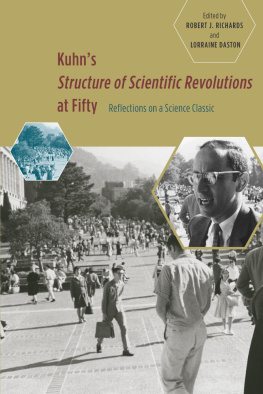
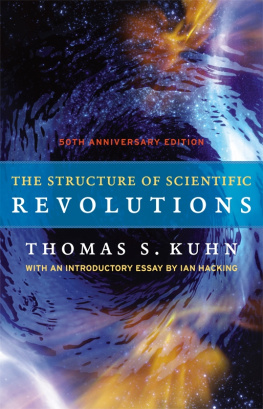
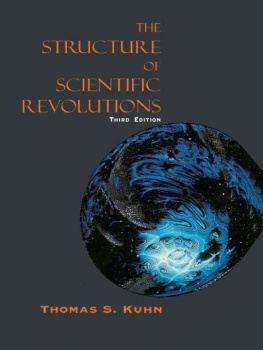
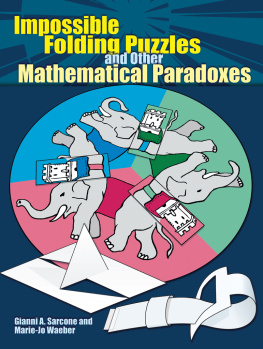

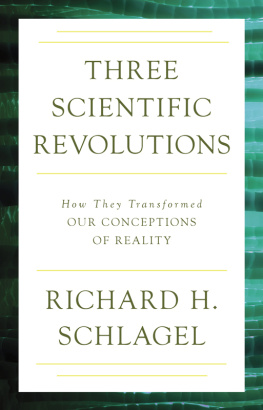
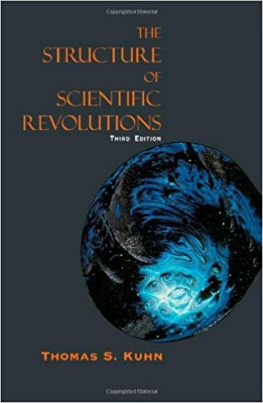

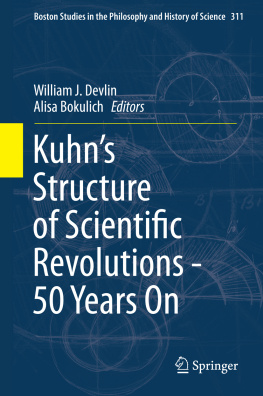



 World Scientific
World Scientific